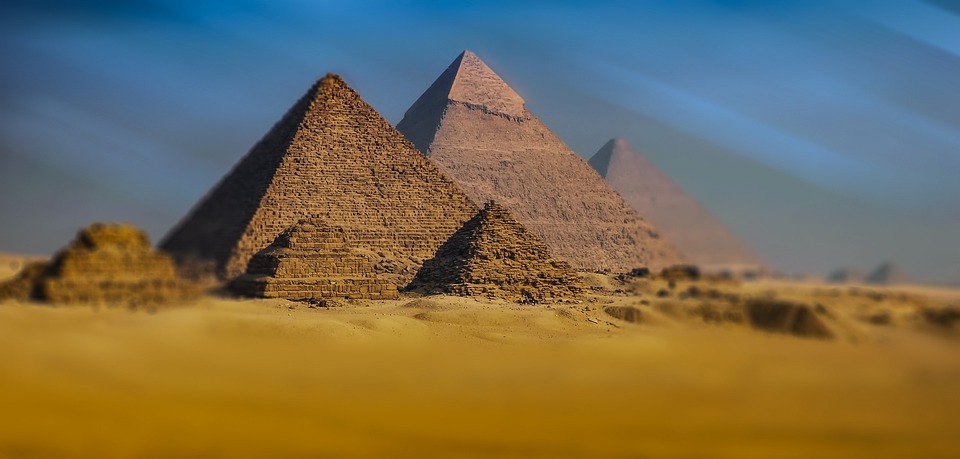A new study has found that when the ancient Egyptians built the pyramids at Giza about 4,500 years ago, the river
The discovery is based on previous archaeological andhistorical data. However, as part of a new study, scientists analyzed samples of ancient pollen from earthen cores. It seems that the former water landscapes and the high level of the rivers gave the builders of the pyramid at Giza an advantage.
 Photo: CC0 Public Domain
Photo: CC0 Public Domain
The study sheds light on how the pyramidsthe royal tombs of the pharaohs Khufu, Khafre and Menkaur - reached a monumental height. All thanks to the now defunct arm of the Nile Khufu. It facilitated the transportation of building materials to the pyramids.
To reconstruct the Nile's past,researchers drilled five cores in the Giza floodplain. They measured the amount of pollen to determine how levels changed over time. During periods when there was a lot of water, there should be more pollen than during dry times.
Read more:
The space plane will deliver cargo to the ISS and land at a regular "airport"
A swarm of galaxies orbiting a single hyperluminous star was found in the early universe
Physicists explain Hawking's 'cosmic mismatch': how it will change science
Cover photo: Neil by Stuart Rankin